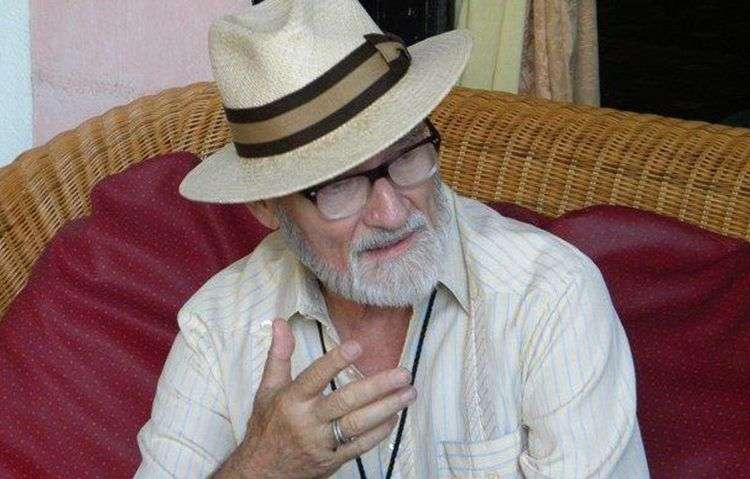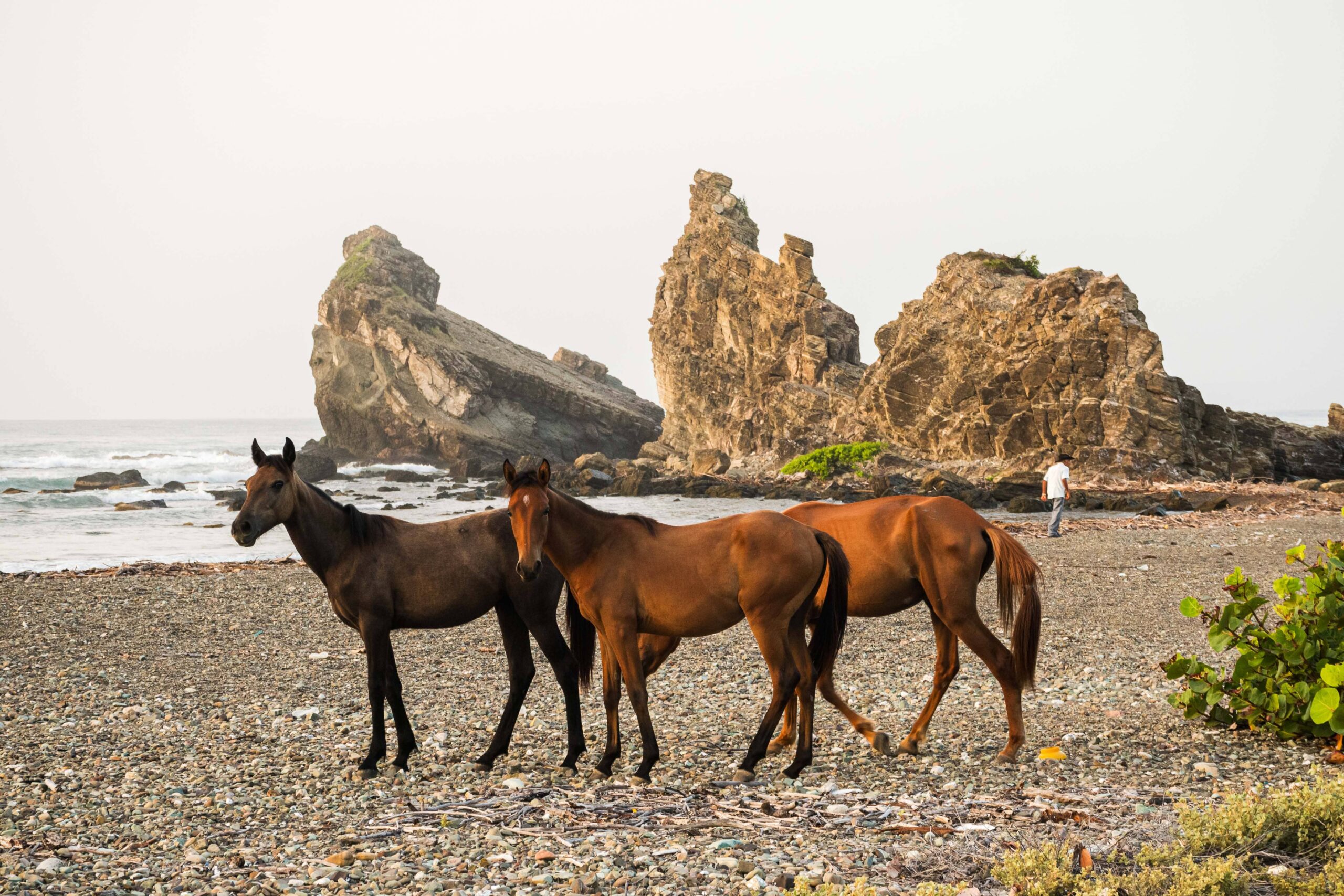Almost half a century of artistic work by Puerto Rican creator Antonio Martorell brings the exhibition Imalabra to the Universal Art Building of the National Museum of Fine Arts (NMFA).
The exhibition includes a selection of works by the prominent Puerto Rican artist in his 46 years of artistic production. It is part of the tribute Cuba pays to the painter for his 75 years of life, and is the second by this creator in the art institution that took him 11 years ago for the first time.
Great friend of our country for decades, he acknowledged during the opening that this is the most comprehensive exhibition he has made during his career.
In dissimilar forms ranging from paper to plastic you can appreciate the works included in the selection. His pieces retain their charming and idealistic breath of his cretaor. Playful elements can also be seen that have characterized his proposal.
In the work of Martorell we find great diversity and eclecticism. He describes himself as a free electron that does not fit any generation of artists. The pop art and expressionism have been present in several of his creative stages. A painter, graphic artist, set and costume designer, for theater and film, this restless creator has also worked as a journalist and authored two books: The skin of the memory and the Book of lost Things.
Toño, as his friends call him, has had a close relationship with Cuba. The Casa de las Americas, Havana Biennial and to Latin American Film Festival have had his creations. Chatting with this artist is a pleasure; he says, when giving a lecture, talk that he starts talking about any topic to break the ice and thus he moves forward. With me he started talking about interior design, a term that e does not agree with, then says he does not believe in the decor but the houses lived like his, he doesn’t understand the decorative art that decorate enters between the functions of art without this the more important. He has been lots of times on the island and told OnCuba he is very happy that his “seven and a half decades” are the cause for his life friends to homage him.
“I come to Cuba whenever I can and when I cannot I come too. My major experiences in work and learning have been in Cuba. I have taught seven workshops in Havana: in the Colon Cemetery, in San Alejandro, in the ISA, in Casa de las Américas and the Graphic Workshop. I have had the opportunity to work, share, learn and teach what I have learned with future generations of which also nourish me. ”
How would you define your work?
My work is communication because my main endeavor in art is to be a communicator. I am against the hermetic art that does not say anything. Communicating to me is not simply conveying a message but to establish a bridge between the work and the viewer and start a conversation. More than a communicator in this sense I’m a provocateur because I love to cause reactions to know what the other wants of the work.
What role did the pop art play in your creation?
It was a window that I used to include the popular culture of my country in my work. This movement began in America with a very ironic twist, I took it very seriously to laugh and for people to laugh with me and at me.
The pop I started with a series titled the Barajas alacrán when I did an overview of the elections in my country in 68, a very important year in the history of the world. I made these cards along with a screen printing. It was a success in terms of audience and not very good economically. I am very good producer and very bad collector so it was my main economic failure, plus it was not taken seriously by anyone significant in the art world. Critics considered it neither art, nor graphic or journalism. But whenever I need it I include this style in my creations.
I do not fit into any definition, nor in any period, or any generation. Art historians are stressed in my country they do not know where to include me. I am a degenerate artist and I am proud of it, because I do not fit in any genre.










